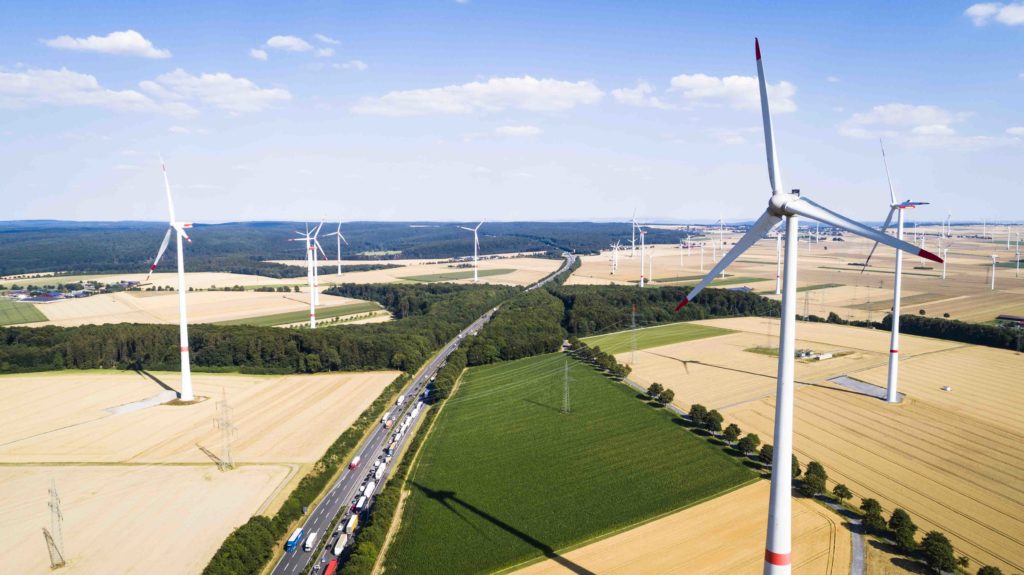Marshall McLuhan once famously observed, “First we build the tools, then they build us.” Building on artificial intelligence (AI), the Internet of Things (IoT), and 5G communications, advanced software systems are remaking the nature and complexity of human engineering. In particular, digital twin technology can provide companies with improved insights to inform the decision making process.
In this day and age, processes and machines are so complex that the risks of failure or disruption from experimenting with different approaches becomes too high or costly. To use an old analogy, it’s tough to change the wheels on a moving train. And that can be frustrating when new designs might provide significant benefits to existing systems.
Digital twins are an exact replica of something in the physical world. It provides data-driven representations of physical systems using IoT sensors and analytics. Beyond inert computer-aided design (CAD) models, digital twins offer engineers virtual tools for managing assets and resources while improving performance. Companies develop digital twins by attaching sensors to their products and equipment in order to monitor systems and model system dynamics. In one example, a digital twin of an aircraft’s engine enables pilots to monitor the health of an engine in real time.
More than a blueprint or schematic, a digital twin combines a real-time simulation of system dynamics with a set of executive controls. Serving as both an interactive simulation and a set of administrative tools, digital twins manage facilities, systems, and machines, while gathering data to drive performance. Using digital twin technology to manage entire factories, companies like Siemens are simulating and testing systems at the level of individual machines. General Electric has built digital twins of jet engine components that predict their remaining life and the optimum maintenance intervals.
Digital twins are data-driven learning systems

Digital twins are reshaping the foundations of engineering by combining data from human experts with machine intelligence to drive the evolution of work in new and unexplored ways. By detecting anomalies and automating repair processes, digital twins can model and simulate entire procedures and processes. Most importantly, the technology enables firms to anticipate problems and prevent mistakes before they occur.
Digital twins consist of three components:
- A data model
- A set of analytics or algorithms
- A set of executive controls.
A key feature of any IoT implementation, digital twin technology enables companies to simulate processes and improve operations over time. Manufacturers tend to use digital twin technology to improve operations such as plant processes and machine performance in order to optimize supply chains.
Gartner predicts that by 2021 half of all large industrial companies will use digital twins. This is in large part because digital twins are now driving new business models and evolving industrial automation. Despite this, many businesses have been slow to embrace digital twin technology because it is complicated to implement. Once implemented, however, digital twin technology can add value to traditional analytical approaches by improving situational awareness.
From industrial planning and manufacturing to wind farms and industrial agriculture, digital twins provide real-time and predictive analytics that measure and optimize the operation of engineered systems and processes. These virtual doppelgangers assist industry personnel to test systems virtually before applying changes in the physical world. Lessons learned in the virtual world can be invaluable in improving machines and systems in the physical environment.

